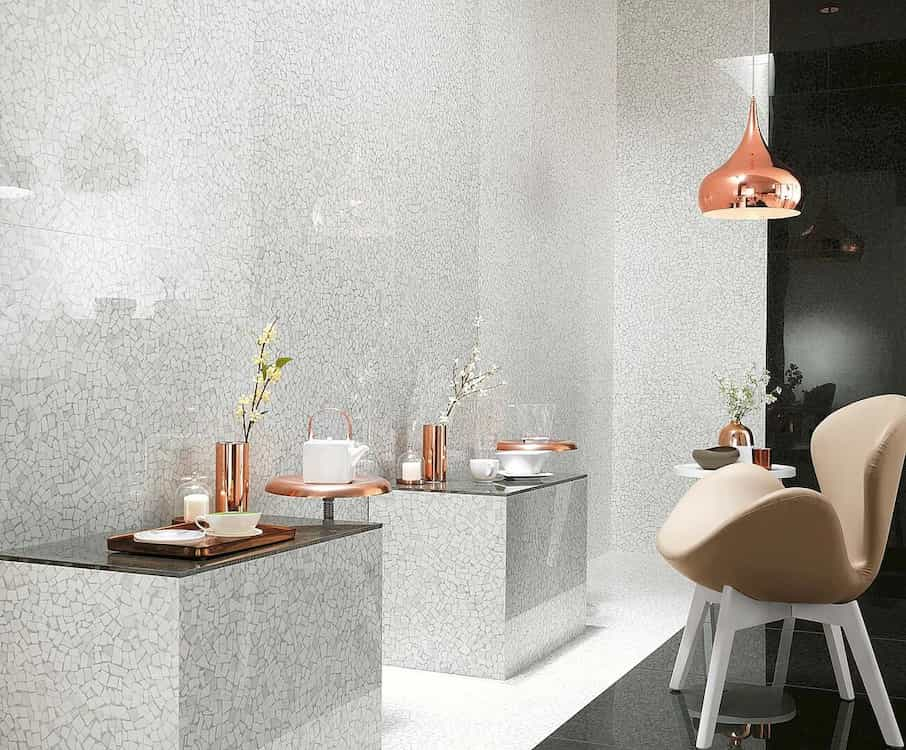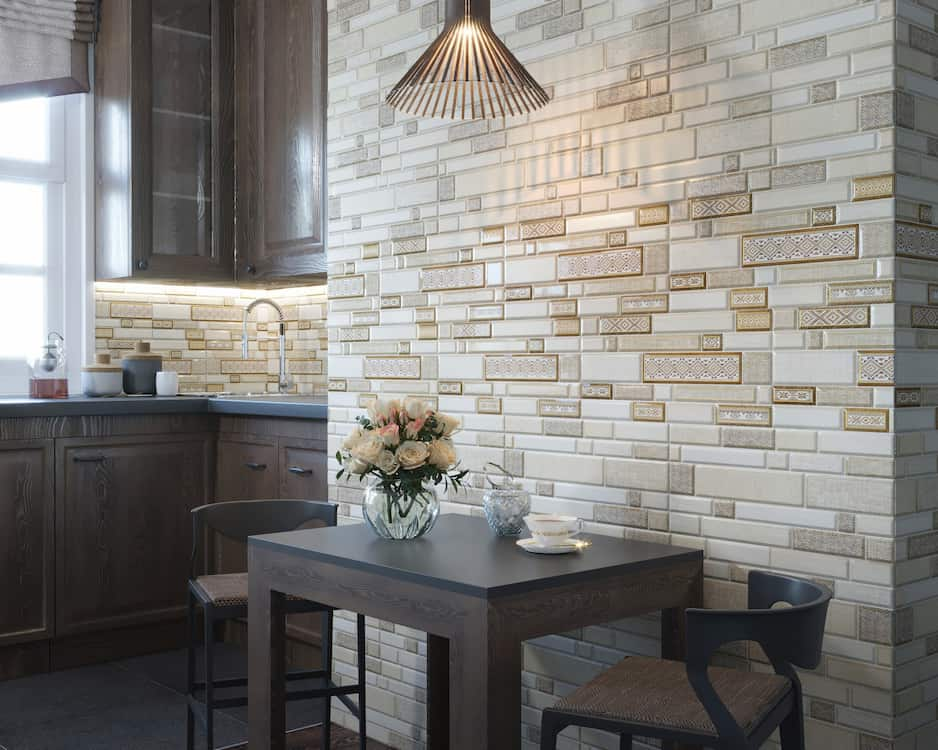We will talk about the best 100mm x 100mm ceramic wall tiles. Next, we talk about their benefits and also about their features.
We frequently focus on the style of the tiles or ceramics when selecting them for our homes or places of business, but we might be unaware that size is also a significant consideration.
Ceramics are typically created in the shapes of squares, rectangles, and hexagons, and selecting the proper shape may effectively enhance the intended space. The ceramic is 120 x 120 cm.
Describe ceramic:
Every building has always been made up of two distinct components: the floor and the faces of the interior and exterior walls. Many different materials, some of which are being used today, have been utilized for the floor or facade of buildings since antiquity.
Other materials have taken the place of others. A variety of ceramics are among the materials that have been employed often lately as building facades and flooring.
Ceramic is one of the most often used building materials for residences, workplaces, and commercial structures because it is attractive, lightweight, robust, and long-lasting.
Ceramic, particularly porcelain ceramic, is available in a wide range of patterns and hues.
Building contractors and everyone else who has to use ceramics for their intended project now have a wide range of possibilities thanks to this property of ceramics.

Of course, when selecting ceramics for the floor and walls of any construction, not only should its color and pattern be considered, but also its size. One of the highly useful varieties of ceramic is 100×100 ceramic.
Sizes of all ceramic types:
Ceramics come in a wide variety of types, colors, and uses, and they also come in a variety of sizes.
You have undoubtedly encountered little hexagonal ceramic pieces at potteries or other locations. In addition to this, a variety of ceramics in sizes ranging from 2.5 x 2.5 cm to 100 x 100 cm, 120 x 120 cm, and even 145 x 320 cm have been made available on the market.
But which of them is more suited for a building’s floor or wall? It is essential to first take into account how the tile’s size and form will affect the available area before attempting to respond to this question.
The impact of the ceramic mold on the structure’s interior or outside decoration:
A building can look smaller, bigger, longer, or even shorter by using a ceramic form.
The length of your room and hallways are accentuated with rectangular tiles.
Long passageways will look broader and shorter if the same sort of ceramic is put in the midst of them. However, the influence of ceramic squares on the scale of a structure must be managed according to their dimensions.
The impact of ceramic size on a building’s interior design:
Each ceramic tile is square or, in the end, hexagonal in form.
However, the impact of these straightforward designs on the building’s look might vary depending on their scale.
Small pottery and tiles give the room a cramped appearance. Additionally, the band between the ceramics will be more obvious by making the framework look smaller the broader and more precise it is.

However, the dark hue of the pottery and tiles interferes, giving the impression that the room is smaller.
Large ceramics, as opposed to little ceramics and tiles, give the room a bigger, airier appearance. The more vivid the ceramic, such as white ceramic, which is lovely pottery, the more airy and brilliant the area seems.
Ceramic size:
Ceramic is produced in a variety of sizes. From small dimensions to enormous three-meter slabs, each has a specific use. The 100 × 100 cm ceramic and the 120 x 120 cm ceramic are two forms that are frequently employed in the decorating of medium and reasonably large rooms.
Ceramic 100×100
Ceramics measuring 100 by 100 cm are produced and sold by several manufacturers. We might name porcelain ceramics like Calcutta ceramic as examples of the sorts of ceramic in this format.
100 × 100 cm ceramics’ impact on home design:
One of the relatively big sizes of porcelain available nowadays is the 100 x 100 cm ceramic. As previously noted, one of the elements that determine a building’s facade is the size of the ceramic.
Large pottery give the room an airy, spacious, and even cleaner appearance. Large-format ceramics is growing in popularity as time goes on. The ceramic band is less noticeable in large ceramics, and this point also contributes to a more uniform gap.
The regularity of the environment is becoming more apparent, especially in ceramics with corrected cuts and invisible seams.
Ceramics measuring 100 by 100 cm also have the effect of enhancing the beauty of the room.
Of course, the room becomes more beautiful and opulent if the desired ceramic is fine porcelain. Numerous varieties of porcelain ceramics are produced in enormous formats and significantly contribute to the opulence of home design.
Another thing to keep in mind is that by deciding on the color and texture of the huge ceramics, you may determine the size and area you desire.
The ceramic’s hue and degree of brightness or darkness greatly influences the size of the room.

Dark hues shrink the space whereas light colors enlarge it. Use pottery in warmer hues if you like your living or working environment to feel a little smaller and more personal.
Your intended room might look smaller, cozier, and more personal by using wood ceramics.
The ceramic dimensions of 100 x 100 cm makes installation easier. Larger ceramics can be placed more quickly and easily. This issue can lower the price of installing ceramic.
Ceramics 100*100 and their use
The following are some of the areas where the 100 by 100 cm ceramic is used:
* The ground level of the reception areas.
* The building’s outside wall.
* The building’s floor patio, roof terrace, parking, and balcony.
* Create stairs.
* The flooring in the room, hallway, and reception area.
* The bathroom’s floor and toilet.
* The floor of a café and restaurant.
* The ground level of every hospital room.
* Floors of commercial units.
* Lobby layouts for hotels, business buildings, and residential structures.










Your comment submitted.